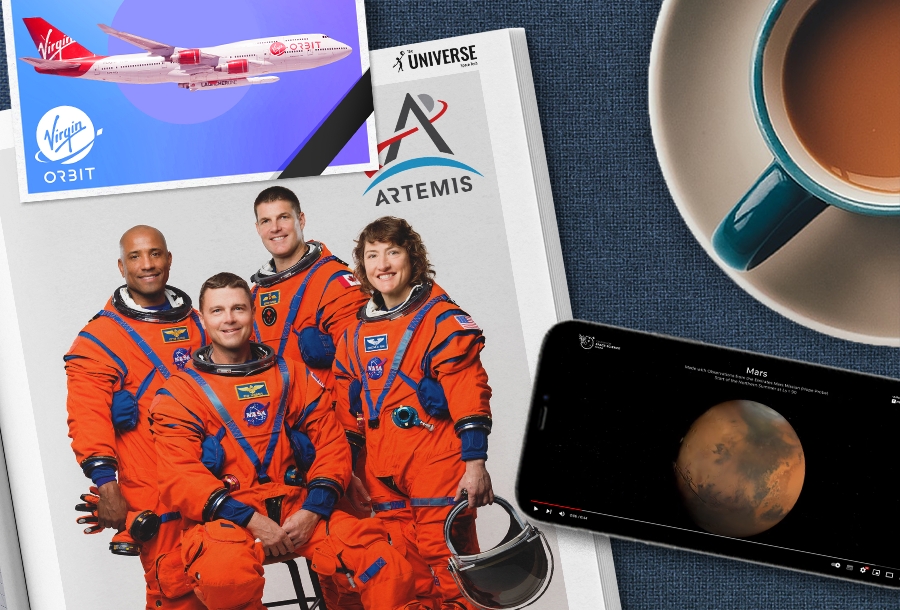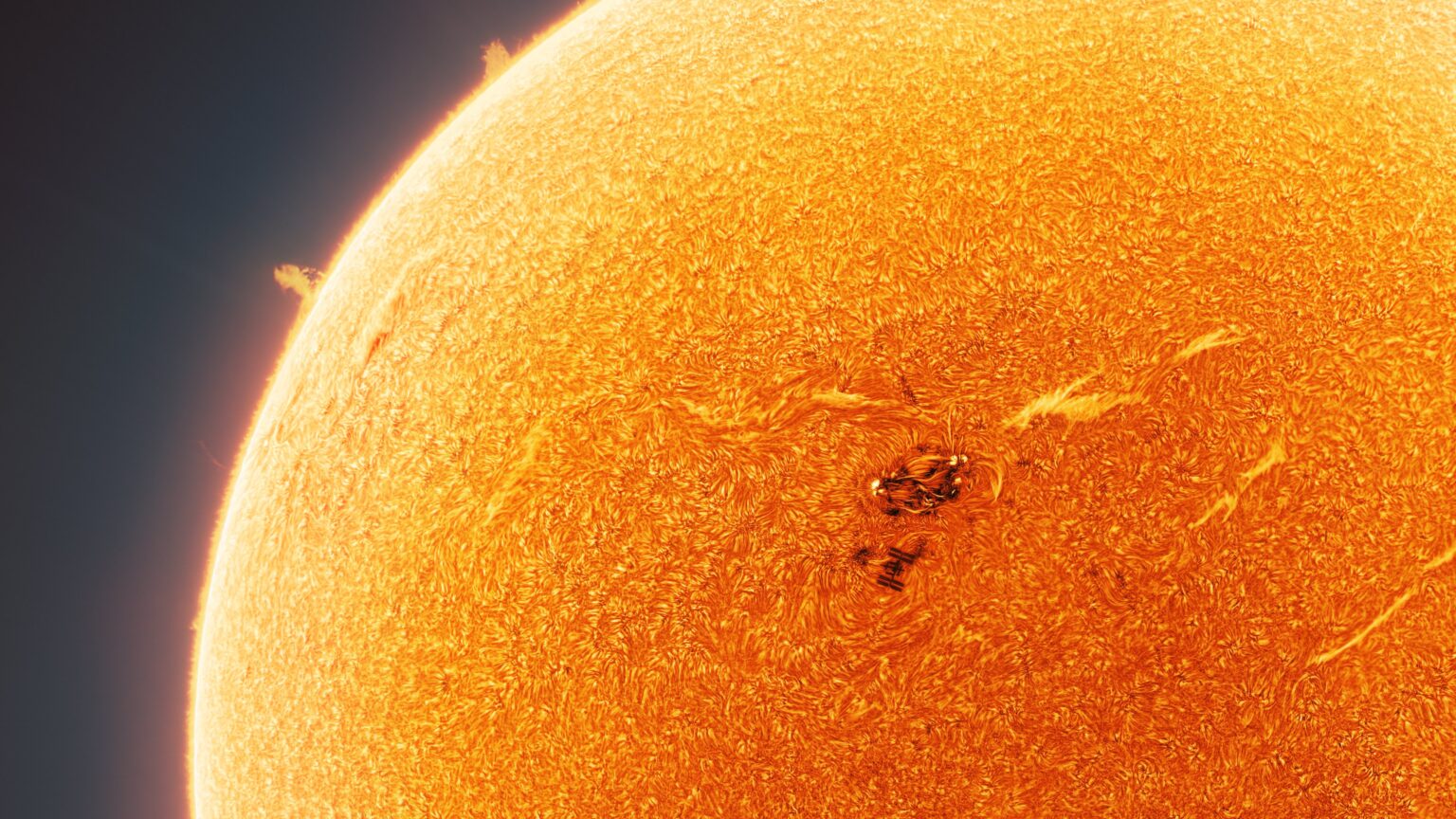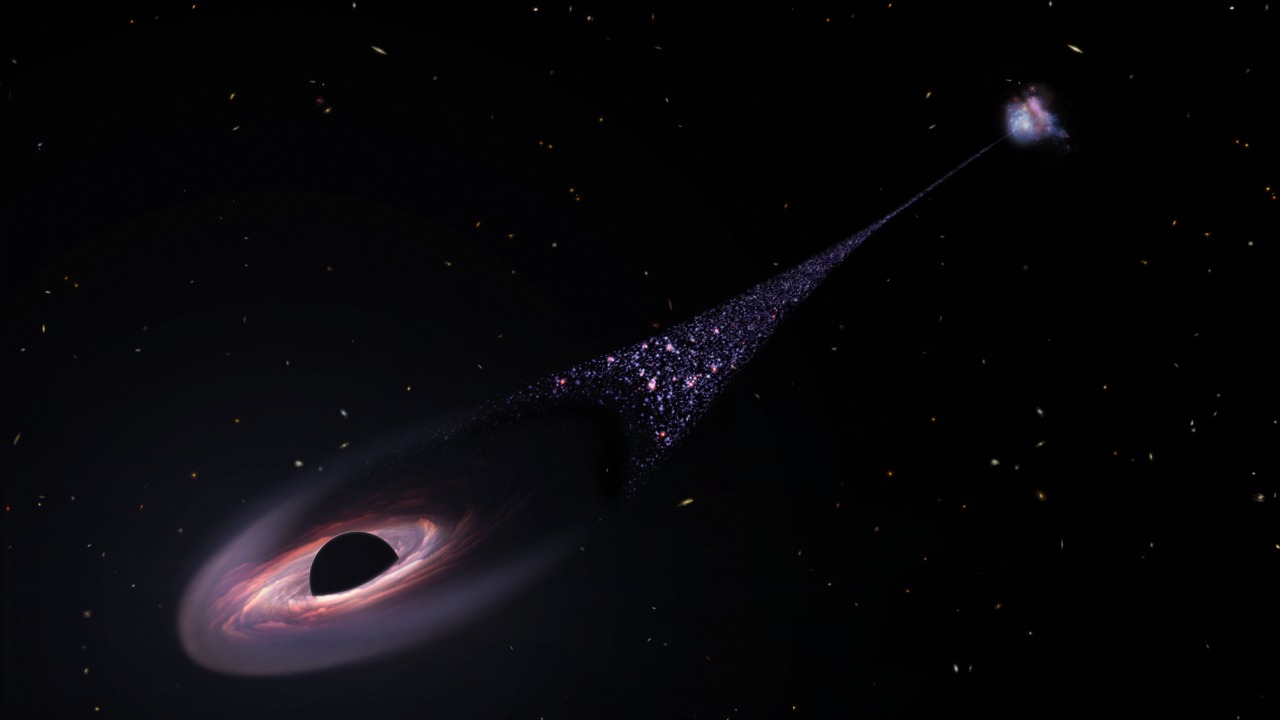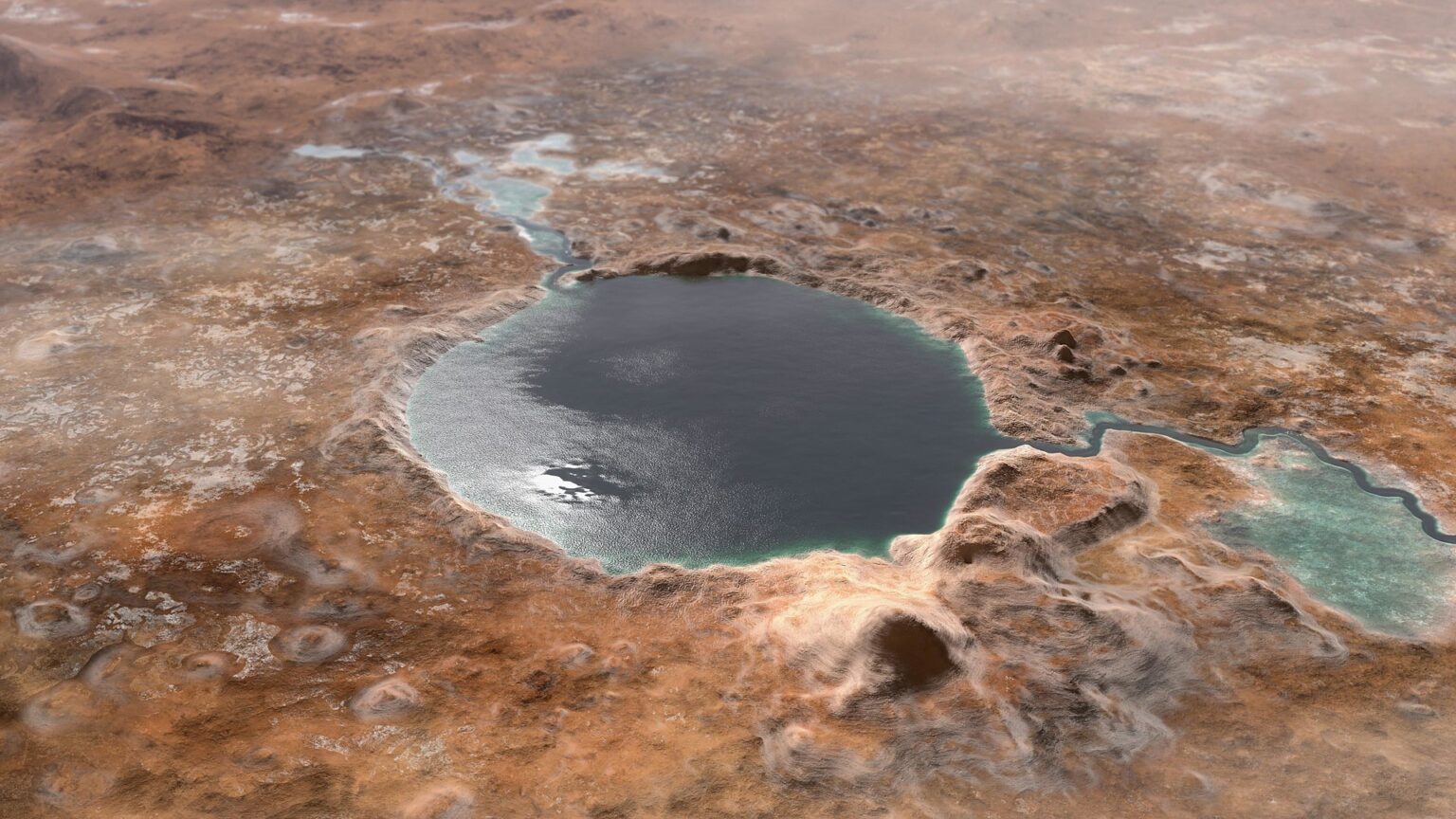Selection of the most interesting space news for the week: Virgin Orbit declared bankruptcy; NASA announced the crew of the Artemis II lunar mission; and we tell you what black holes are and how they form.

“When studying sciences, examples are more useful than rules”
― Isaac Newton
China tests a device that will help colonize the Moon
China has tested the Stirling engine on its space station. This device is capable of converting any thermal energy into electrical energy. It can help the Celestial Empire in conquering the polar regions of the Moon, where there is not much light for solar panels. China conducted a Stirling engine test in orbit. This is reported by the country’s media. The engine was developed by the Lanzhou Institute of Physics at the Chinese Academy of Space Technology (CAST). It was delivered to the Tiangong Space Station by the crew of the Shenzou-15 mission.
The Stirling engine is a fairly simple design in which heat from an external energy source is converted into electrical energy. This happens through a piston in which the gas expands and a connecting rod rotating an electric generator.
Virgin Orbit declares bankruptcy
Owned by British billionaire Richard Branson, Virgin Orbit has filed for bankruptcy. This is stated in a message published on its website. On January 9, 2023, Virgin Orbit carried out its first British launch. It ended in failure. The rocket failed to reach orbit due to premature shutdown of the second stage engine. Later it turned out that the cause of the failure was the displacement of the fuel filter.
This failure was a big shock for the company. At that time, Virgin Orbit was already experiencing financial problems. The company’s management hoped to rectify the situation due to the expected 200 million investments. However, at the last moment, a potential investor refused the deal, which put Virgin Orbit on the verge of collapse. In March, the company initially put on indefinite leave, and then dismissed 675 employees (85% of the total number of its working staff). However, despite desperate attempts to find another investor, such drastic measures only delayed the inevitable. On April 4, the company officially declared bankruptcy.
Al-Amal probe creates a three-dimensional map of Mars in stunning detail
A new map of Mars shows the Red Planet in stunning detail, revealing many fascinating geological features visible from orbit. The high-resolution map would help scientists answer a number of pressing questions about Mars, in particular how it became a dry, arid and barren landscape despite the fact that it was once rich in liquid water.
The researchers used data collected from orbit around Mars as part of the Emirates Mars Mission (EMM), also known as Hope or “Al-Amal”. The map shows the Red Planet through the “eyes” of the modern Emirates Exploration Imager (EXI) onboard imaging system. To create a detailed map of the surface, more than 3,000 EXI observations were made during one Martian year, i.e. a period equivalent to two years on Earth. Then all the pictures are combined together to create a color composition. The resulting map shows many of the main geological features of the Red Planet in high resolution.
Japanese company tests a water-based thruster in space
The Japanese company Pale Blue has tested a thruster on water in Earth orbit. With its help, it was possible to correct the orbit of the Sony EYE satellite. The company is preparing to try out other types of similar devices. Its engineers have developed several types of engines on the water. The Sony EYE used on the satellite belongs to the simplest of them — “resistojet”. In fact, it simply pushes water through the pipe in one direction, giving the satellite acceleration in the opposite direction.
But the company is not going to stop there. They are working on a different type of water-based thruster, more like an ion thruster than a simple reactive mechanism. In it, water is sprayed using a microwave plasma source and ejected from the rear of the power plant, like other similar structures. However, it also uses several new ideas, including a plasma generation system and an evaporation chamber design.
NASA announces astronauts to fly around the Moon
NASA administrator Bill Nelson named the crew of the Artemis II space mission. The people flying around the Moon are US astronauts Christina Hammock Koch, Victor Glover, Reid Wiseman and Canadian representative Jeremy Hansen.
- Christina Koch. The astronaut has a master’s degree in electromechanics. She worked at the Antarctic station, helped develop the Juno probe and made one flight to the International Space Station.
- Victor Glover. A former military pilot who participated in the Iraq war. After that, he worked as a test pilot, studied and finally became an astronaut. Glover was once in space as part of a private Crew-1 mission.
- Jeremy Hansen. A former Royal Canadian Air Force pilot, is the only one of the crew members who has not been in space before. But he participated in the CAVES training, in which they tried to simulate the situation that occurs during long-term space travel in caves.
- Reid Wiseman. Artemis II crew commander. Former pilot of the American Air Force. He has one flight to the ISS.
The second Artemis mission will be similar to the first. In it, a giant SLS rocket will launch the Orion spacecraft into Earth orbit. It will start its own engine and head for the Moon. After circling it, the spacecraft will head to Earth. On approach to it, the capsule is undocked, which will make a soft landing with the help of parachutes.
Photo of the week

In the photos of Andrew McCarthy, the ISS “poses” against the background of a group of sunspots. They arise due to the release of magnetic fields into the photosphere, which suppress the movement of matter, which leads to a decrease in temperature by 1500 – 2000 degrees. A cooler area emitting less energy is perceived as a dark spot against the background of the rest of the solar surface.
Interesting figure — 200 thousand light years

Black holes have a reputation as terrible monsters that devour everything within the radius of their gravitational influence, and they are also suspected of links with mysterious dark energy. At the same time, they can also participate in the formation of new stars. Scientists using the Hubble Space Telescope noticed a huge tail of a runaway black hole, in which there were many young stars.
This concerns a recently discovered black hole with a mass of 20 million Suns, which is rushing through outer space at great speed. It rushes so fast that if it is in our Solar system, it would cover the distance from the Earth to the Moon in 14 minutes. It is followed by a tail of stars 200 thousand light-years long. This is twice the diameter of the Milky Way.
Something to read on the weekend

This weekend, the editors of The Universe Space Tech invite you to find out what black holes are and how they are formed, and also tell you what secrets the Perseverance rover has learned about an ancient lake on Mars. In addition, our team has compiled a selection of the five most fun space comedies, under which you can spend a carefree evening. After all, as you know, nothing prolongs life like laughter.
Read also: Europeans use “artificial” eclipse to study the Sun, and China will challenge Starlink: News Digest
Follow us on Twitter to get the most interesting space news in time
https://twitter.com/ust_magazine

